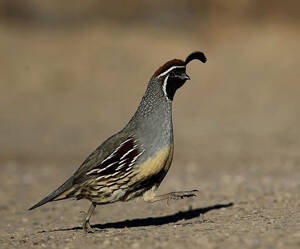
Gambel's Quail
Gambel's Quail,Callipepla gambelii
Callipepla gambelii belongs to the family Callipepla, there are 7 subspecies···
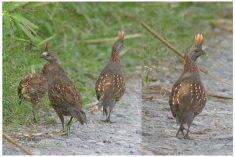
Callipepla douglasii
Callipepla douglasii,Elegant Quail
The Quail's scientific name is Callipepla douglasii and its foreign name···
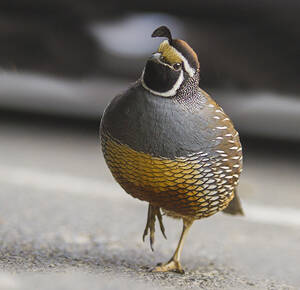
Callipepla californica
Callipepla californica,California Quail
Callipepla californica (California Quail) has eight subspecies.The quails fe···
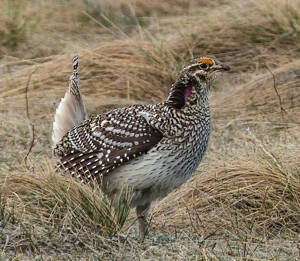
Tympanuchus phasianellus
Tympanuchus phasianellus,Sharp-tailed Grouse
The Sharp-tailed prairie Grouse (Tympanuchus phasianellus) is known as sharp···
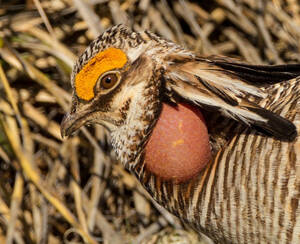
Tympanuchus pallidicinctus
Tympanuchus pallidicinctus,Lesser Prairie-chicken
The Lesser Prairie-chicken (Tympanuchus pallidicinctus) has no subspecies.Th···
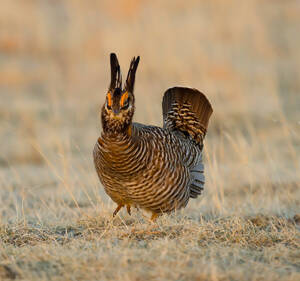
Tympanuchus cupido
Tympanuchus cupido,Greater Prairie-chicken
The Prairie grouse (Tympanuchus cupido), also known as Greater Prairie-chick···
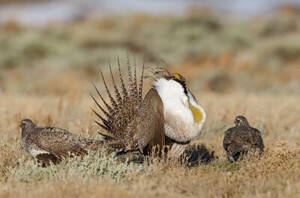
Greater Sage-grouse
Greater Sage-grouse,Centrocercus urophasianus
The Sage grouse (Centrocercus urophasianus), also known as Greater Sage-grou···
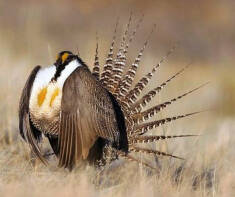
Centrocercus minimus
Centrocercus minimus,Gunnison Grouse
The Lesser sage Grouse (Centrocercus minimus) is Gunnison Grouse, no subspec···
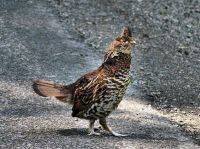
Ruffed Grouse
Ruffed Grouse,Bonasa umbellus
The Ruffed Grouse (Bonasa umbellus) has 15 subspecies.Shawl hazel chicken is···
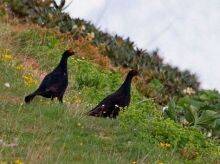
Tetrao mlokosiewiczi
Tetrao mlokosiewiczi
Tetrao mlokosiewiczi, the Caucasian black lyric chicken, is active in the mo···
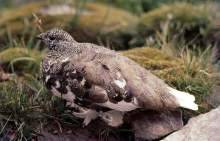
Lagopus leucurus
Lagopus leucurus,White-tailed Ptarmigan
The White-tailed Ptarmigan (Lagopus leucurus) has five subspecies.The winter···
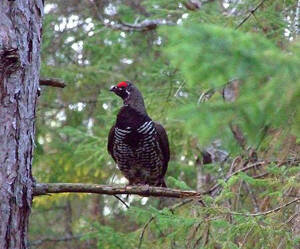
Dendragapus canadensis
Dendragapus canadensis,Spruce Grouse
The Fir-tree chicken (Dendragapus canadensis), also known as Spruce Grouse, ···
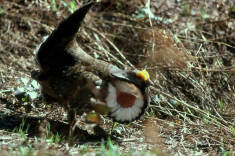
Dendragapus obscurus
Dendragapus obscurus,Dusky Grouse
The blue Grouse (Dendragapus obscurus), also known as Dusky Grouse, is a rel···
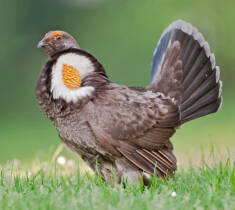
Dendragapus fuliginosus
Dendragapus fuliginosus,Sooty Grouse
The Sooty Grouse (Dendragapus fuliginosu) is a relatively large grouse with ···
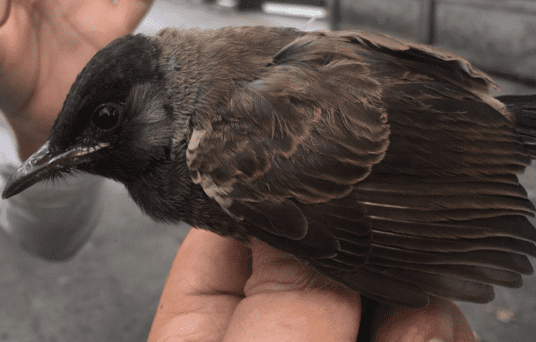
Ortalis wagleri
Ortalis wagleri,Rufous-bellied Chachalaca
Ortalis wagleri, Rufous bellied Chachalaca, eats banana fruits, coffee berri···
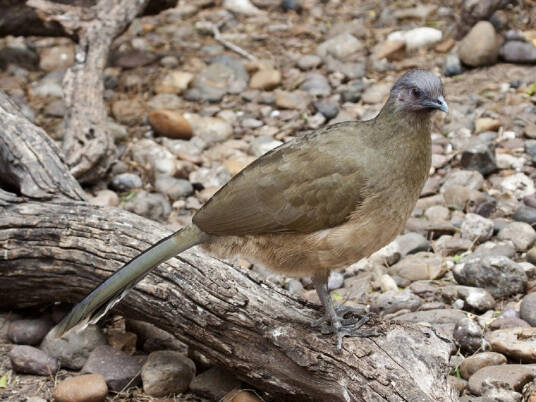
Ortalis vetula
Ortalis vetula,Plain Chachalaca
The Plain Chachalaca, Ortalis vetula, eats banana fruits, coffee berries, an···
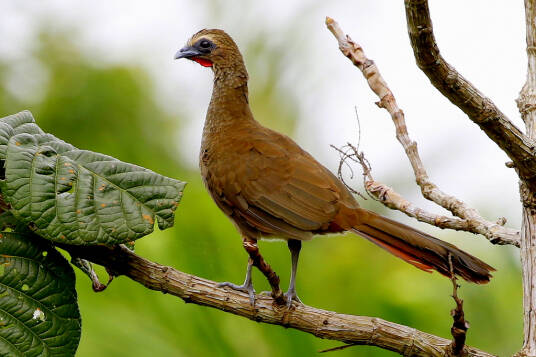
Ortalis superciliaris
Ortalis superciliaris,Buff-browed Chachalaca
Ortalis superciliaris, or Buff-browed Chachalaca, feeds mainly on banana fru···
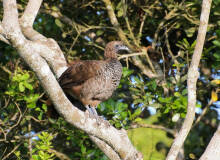
Ortalis squamata
Ortalis squamata,Scaled Chachalaca
Scaled Chachalaca (Ortalis squamata), no subspecies.Like other pheasants of ···
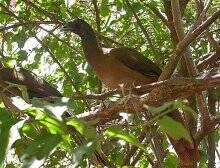
Ortalis ruficauda
Ortalis ruficauda,Rufous-vented Chachalaca
The juvenile Crested pheasant (Ortalis ruficauda) is Rufous-vented Chachalac···
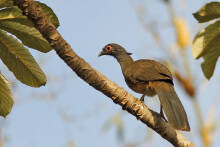
Ortalis poliocephala
Ortalis poliocephala,West Mexican Chachalaca
Ortalis poliocephala, also known as West Mexican Chachalaca, eats banana fru···
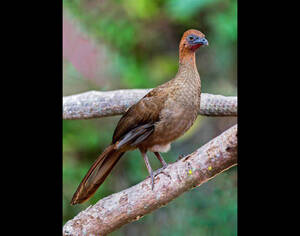
Ortalis motmot
Ortalis motmot,White-bellied Chachalaca
Ortalis motmot, or White-bellied Chachalaca, feeds mainly on banana fruits, ···
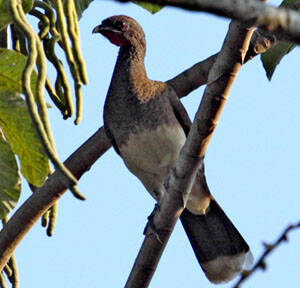
Ortalis leucogastra
Ortalis leucogastra,White-bellied Chachalaca
Ortalis leucogastra, or White-bellied Chachalaca, feeds mainly on banana fru···
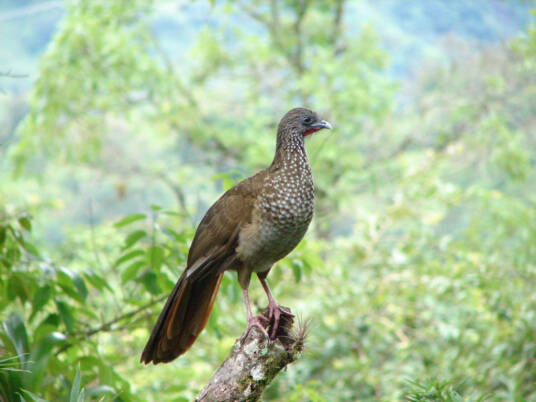
Ortalis guttata
Ortalis guttata,Speckled Chachalaca
The pheasant Ortalis guttata, or Speckled Chachalaca, feeds mainly on banana···
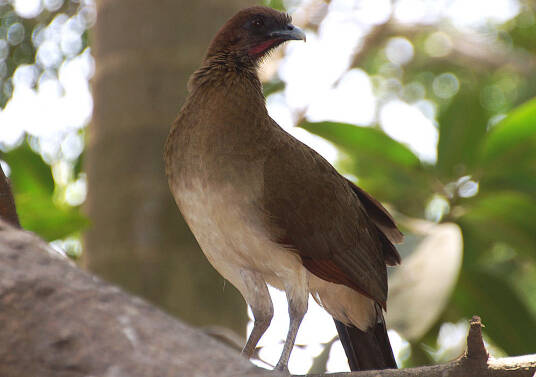
Ortalis garrula
Ortalis garrula,Cheatnut-winged Chachalaca
Ortalis garrula (scientific name Ortalis garrula) and Cheatnut-winged Chacha···

Ortalis erythroptera
Ortalis erythroptera,Rufous-headed Chachalaca
Brown crested pheasant (Ortalis erythroptera) Rufous-headed Chachalaca, no s···
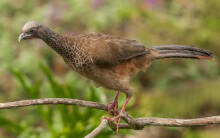
Ortalis columbiana
Ortalis columbiana,Colombian Chachalaca
The Colombian crested pheasant (Ortalis columbiana) has no subspecies Colomb···
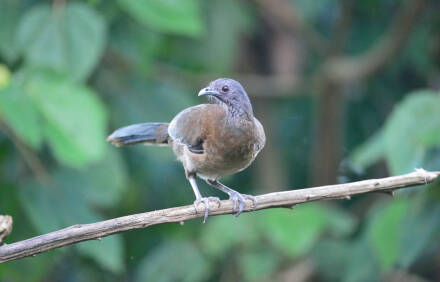
Ortalis cinereiceps
Ortalis cinereiceps,Grey-headed Chachalaca
The crested pheasant is called Ortalis cinereiceps in Latin and Grey-headed ···
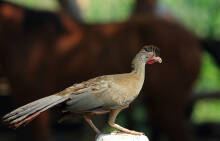
Ortalis canicollis
Ortalis canicollis,Chaco Chachalaca
Ortalis canicollis, or Chaco Chachalaca, feeds mainly on banana fruits, coff···
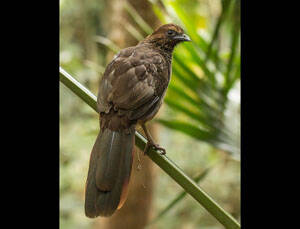
Ortalis araucuan
Ortalis araucuan,East Brazilian Chachalaca
Eastern Brazilian Chachalaca (Ortalis araucuan), no subspecies.The Brazilian···
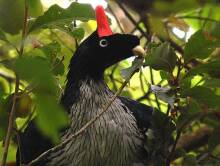
Horned Guan
Horned Guan,Oreophasis derbianus
Some experts believe that the Horned Crested pheasant (Oreophasis derbianus)···
